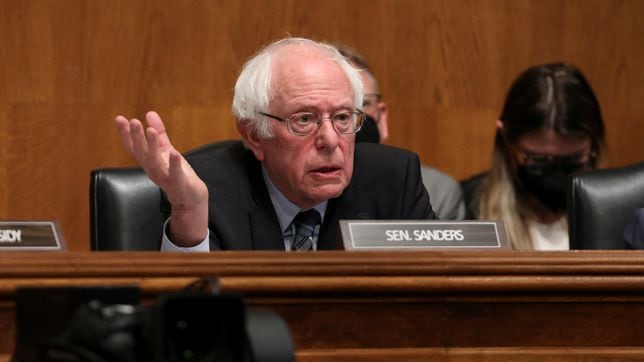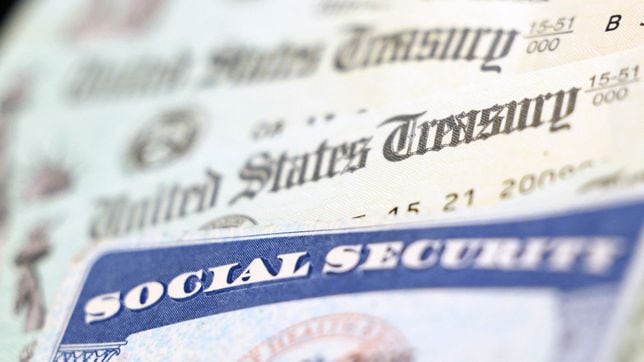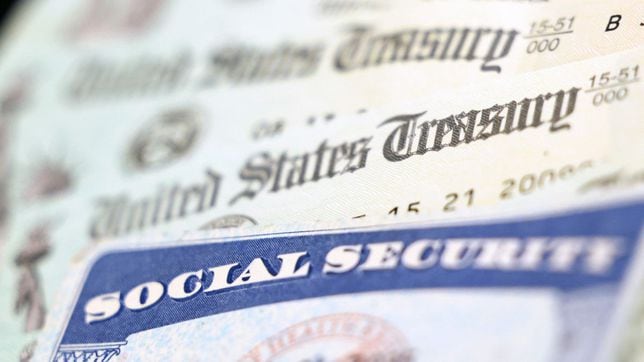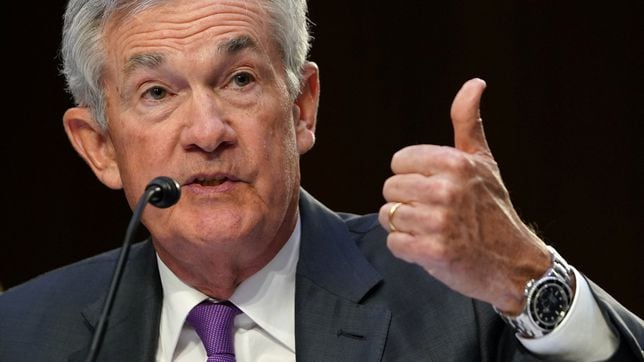Relief checks 2023 | Summary news 22 April
Follow along with the latest news on the US economy, inflation relief and the housing market in the days following the end of the tax season.


Show key events only
Headlines: Saturday 22 April, 2023
- Fed looks set to implement one more rate hike at next meeting in May
- Mortgage rates tick up. 30-yr fixed-rate average at 6.39%
- Wall Street stocks drop on Thursday after disappointing quarterly reports, concerns of debt ceiling
- The rate of families with an unemployed member fell three percent from 2021 to 2022 to 4.7 percent
- Workers in Alaska, New Jersey, and Wyominghave been hit hardest by layoffs this year
- Federal Tax Day has passed for most, but counties in eight states got a extension
- Miss tax deadline? Find out why you should still file as soon as possible and how.
- Housing prices continue to fall, is it a good time to buy?
- Social Security and Medicare Trustees warn of respective funds depleted by 2031 and 2033
- Various states will continue to issue inflation relief checks and generous tax refunds in April
- Social Security April payment schedule: when can you expect your payment?
Related stories:
Finance world waits for major reports next week
Next week, reports will be out that the finance sector will be keeping an eye on.
At the top of the list are US economic figures, which are expected to have an impact on decisions that the Federal Reserve will make in May.
Others to look out for are numbers on earnings of banks such as First Republic and other European banks, as well as big tech companies such as Microsoft and Meta.
Fed's next move on interest rates may hinge on economic data
Economic statistics that are set to be released next week may serve as the basis for the Federal Reserve's next move on interest rates.
Figures are scheduled to be announced on US growth, prices, and wages, and these are expected to influence discussions during the Fed's May policy meeting.
Many Americans are saddled with student loans that they have been paying off for years. Over 40 million borrowers are paying off their debt, with the average balance standing at more than $37,000, according to Education Data.
The government of President Joe Biden has begun rolling out programs to ease this burden, and for those who wish to take advantage of these benefits, there are some dates to watch out for so as to avoid missing crucial deadlines for actions that need to be taken.
Unemployment rates hit record low for 12 states in March
The Bureau of Labor Statistics released data stating that a dozen states saw their unemployment rates fall to a record low last month.
The reports showed that 18 states saw a decline in unemployment rates in March, while the rest were mostly unchanged.
New Hampshire, Oregon, and West Virginia saw the biggest drops, with the rate falling by 0.3 percentage point in each case. Mississippi saw a decline of 0.2 percentage point to 3.5%. according to Bloomberg.
Some residents in Chelsea, Massachusetts will receive a relief check of up to $400 on May 15. It will be the third and final payment of a food and utility subsidy program which distributed the first two on March 15 and April 15.
The project, known as the Chelsea Eats program, is sending the checks ranging from $200 to $400 to 738 eligible households. As this report tells us, the recipients have been receiving the subsidy through debit cards which were handed out in March.
Food banks warn of strain if food aid is cut
Food banks across the country are straining to meet spiking demand as high food costs and shrinking federal benefits drive many Americans to depend on free groceries, just as Republicans seek to narrow access to food assistance.
President Joe Biden, who has criticized Republicans' proposals to further cut benefits to shrink the country's deficit, pledged last year to end hunger in the US by 2030.
Food banks in Atlanta, New Jersey, Ohio, California, and Washington State and national anti-hunger groups said that demand is rising because of inflation and the end of a temporary expansion of federal food assistance benefits that kept millions out of poverty during the first two years of the COVID-19 pandemic.
Four food banks told said demand is up between 46 and 125% since last spring, and that visits to their pantries are as high or higher than they were at the height of the pandemic.
(REUTERS)
Deposits at all commercial banks slide
Deposits at all commercial banks dropped in the second week of April, though at smaller banks deposits held steady in a sign of stabilization in the financial institutions hardest hit by deposit outflows after last month's failure of two large regional banks.
Federal Reserve data showed deposits at all commercial banks fell to $17.38 trillion in the week ended April 12, on a non-seasonally adjusted basis, from $17.43 trillion a week earlier.
The drop was almost entirely at the top 25 banks, the data showed.
A drop in deposits can leave banks with less capacity for loans, though there was little to show that in the Fed's data.
Loans and leases at all banks ticked down to $12.05 trillion from $12.06 trillion a week earlier.
(REUTERS)
A bill introduced back in February has had a new injection of life. The Social Security Expansion Act, first brought up by Sen. Bernie Sanders, seeks to alleviate pressure on America’s oldest by providing Social Security with extra
If the bill is passed and signed then people receiving Social Security payments, or turn 62 this year, will get an additional $200 a month, or $2,400 a year.
What is the Social Security Expansion Act?
A Bernie Sanders-led bill aims to give extra support to retirees/
It is unlikely the bill will be passed as the Republicans control the House of Representatives. Without their support, the bill will not be able to be passed to the president. They have said they will not cut Social Security, though not everyone believes it. The support offered by the programme is crucial for millions of Americans to live.
The exact amount depends on each person’s situation, i.e., whether they are an individual taxpayer, file jointly with a partner, or are an essential person.
According to the SSA, the average payment for individual taxpayers is $914 per month, while joint filers receive $1,371 per month and essential persons - those living with someone who receives SSI benefits and needs care for a health issue - get an extra monthly payment of $458.
Here is the payment schedule for the rest of the Social Security beneficiaries, corresponding to the checks for the month of May...
There are conditions in which a former spouse may claim social security support after a divorce. If an ex-spouse of yours makes a claim for SSDI spousal benefits, this will not affect any benefits you are receiving from the SSA.
If you are divorced, your ex-spouse can receive benefits based on your record, even if you have remarried, if...
Finance chiefs on banking system
There was some turbulence...and it kind of worked itself out. Our team started asking bankers lots of questions. Are you seeing deposits leave? Are you getting elevated calls?...There was heightened alert.
We really haven't [heard anything out of the norm].
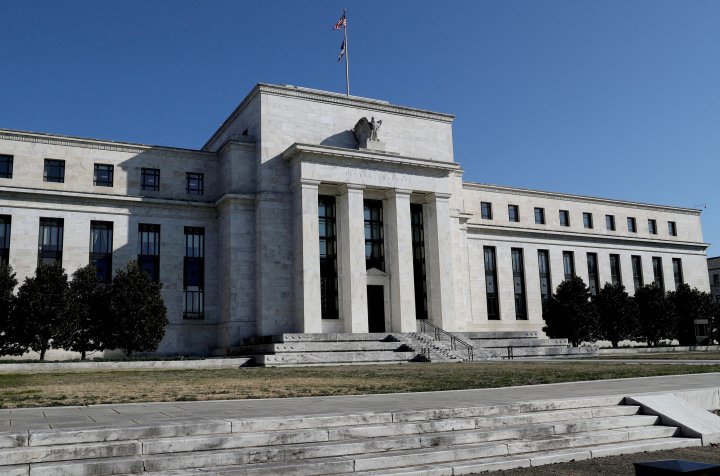
Federal Reserve set to hike rates at least once more in May
Federal Reserve policymakers will have their next two-day meeting starting 2 May where they will reportedly move forward with another rate hike. However, key data over the next week and a half, in particular a survey of bank lending data, will help determine if that will be the end of the aggressive fiscal tightening that began in March last year to bring inflation under control.
The last increase in March ended up being less than expected after Silicon Valley Bank collapsed, starting a banking crisis as customers moved deposits from smaller banks to larger financial institutions. Fed officials have been in close contact with bank executives since taking emergency measures to shore up confidence in the banking system.
In early March, Chair of the Federal Reserve, Jerome Powell, provided his semi-annual update to Congress where he expressed a willingness on the part of the Fed to increase interest rates faster, should officials at the central bank deem the action necessary.
After Chair Powell’s remarks came the collapse of Silicon Valley Bank and a series of other bank failures that created a level of uncertainty within financial markets. In part, these bank failures were a response to higher interest rates, and later in the month, the Fed opted for a 0.25 percent increase in the Federal Funds Rate.
After comments from the Chair about a faster pace of rate hikes, the quarter-percent increase was seen as cautionary, with the Fed not wanting to move too quickly given the uncertainty in financial markets. Throughout the month, the economy added 236,000 jobs, leading the national unemployment rate to fall by 0.1 percent to 3.5 percent. Now, the Bureau of Labor Statistics is reporting that average prices rose only 0.1 percent in March, down from the increases of 0.5 and 0.4 percent seen in January and February, respectively.
Read our full coverage for details on how these events and data points will inform the Fed's choice to increase rates next month.
One of the main US government food aid programs is the Supplemental Nutrition Assistance Program (SNAP). It provides low-income families with benefits to buy food through an electronic benefits transfer (EBT) card.
Despite being a federal program, SNAP is administered by the states, so each one has different requirements and benefits. New York Governor Kathy Hochul recently launched the Fresh2You initiative, which will double what SNAP recipients can buy.
Unemployment claims trend upward once again
Initial unemployment claims rose by 5,000 to 245,000 last week, which marks a 12 percent increase over the figure recorded a year ago. For the first time in over a year, the trend line is ticking upward, meaning that a greater number of workers are claiming to receive unemployment benefits. This could be a sign that the labor market is loosening as worker layoffs increase as well.
States that saw the greatest increases in initial claims for the week ending on 8 April, were California (+10,640), New Jersey (+3,378), Texas (+2,981), Pennsylvania (+2,921), and Connecticut (+1,619). On the opposite side of the spectrum, initial claims fell by the greatest number in Ohio (-3,138), Indiana (-926), Missouri (-552), Michigan (-516), and Georgia (-468).
If your application for Social Security Disability Insurance (SSDI) is approved, you must wait five months before you can receive your first SSDI benefit payment. This means you would receive your first payment in the sixth full month after the date we find that your disability began.
There is no waiting period if your disability results from amyotrophic lateral sclerosis (ALS) and you are approved for SSDI benefits on or after July 23, 2020.
Welcome to AS USA’s live blog on the latest financial news
Tax Day has come and gone. The deadline to submit your tax returns and pay any taxes due to the IRS was 18 April. If you missed the deadline, you still have until November to file and the sooner the better to avoid incurring further penalties and interest.
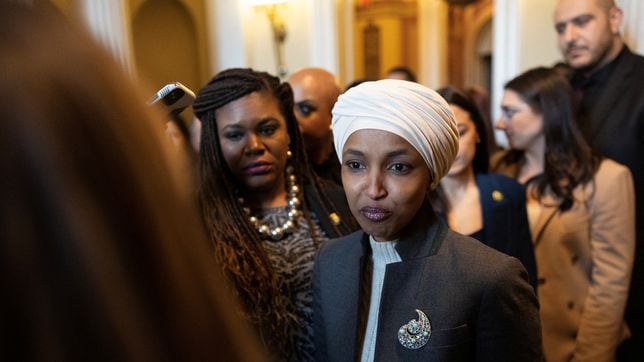
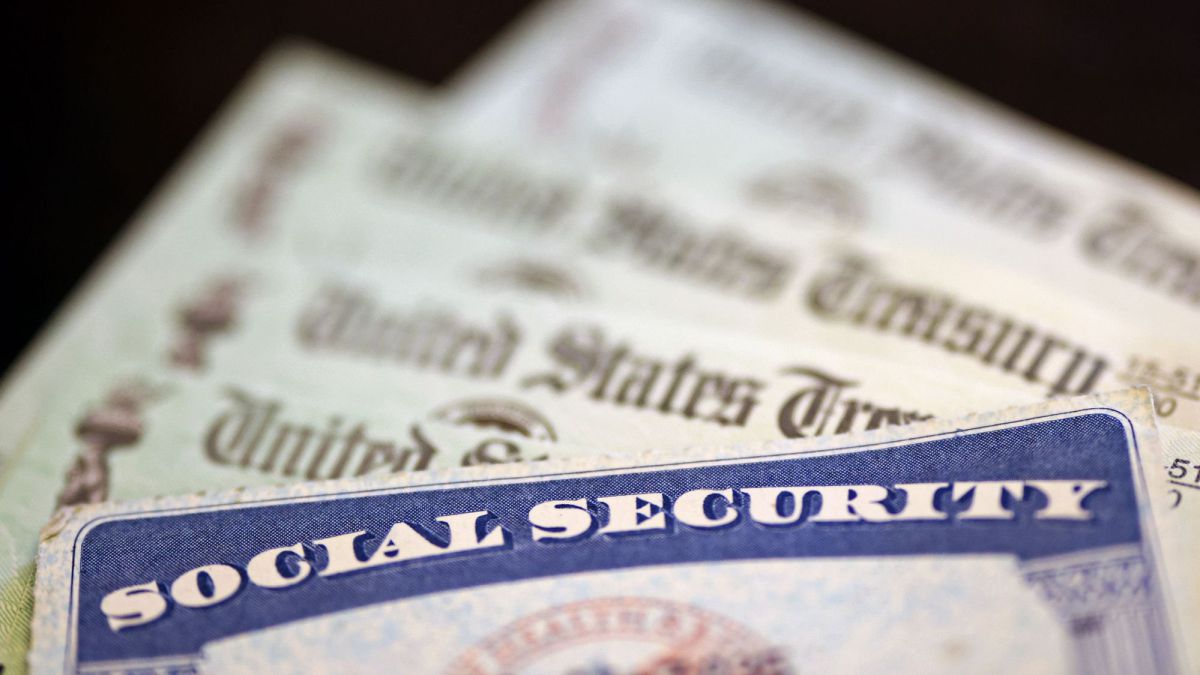


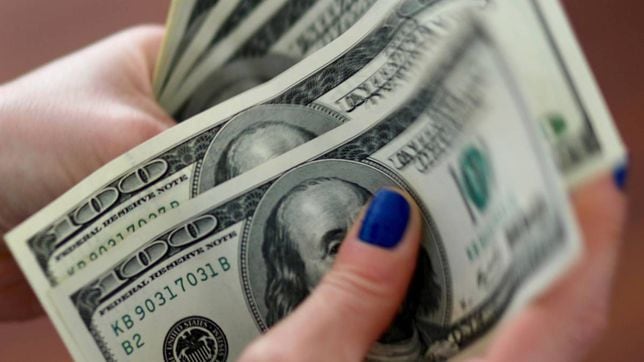

/cloudfront-eu-central-1.images.arcpublishing.com/diarioas/RWRJUI2M55LNJFBB7MFWRH5RAM.jpg)
